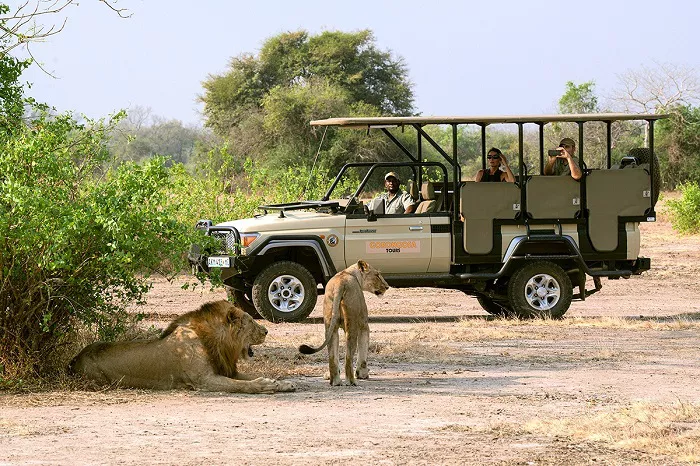Once heralded as the “Serengeti of the South” and “Africa’s Eden,” Mozambique’s Gorongosa National Park is undergoing one of the most ambitious biodiversity restoration projects in the world. Renowned in the 1960s and 70s for its spectacular wildlife and diverse landscapes, Gorongosa attracted visitors ranging from Apollo astronauts to Hollywood stars. Its lions, in particular, captured the imagination of actress Tippi Hedren, who famously kept one as a pet.
The park’s glory days ended abruptly in August 1973 when guerrilla fighters attacked the main camp, forcing tourists to flee. Gorongosa then became a strategic base during Mozambique’s struggle for independence and subsequent civil war, serving both the Frente de Libertação de Moçambique (Frelimo) and later the Renamo guerrilla forces. This prolonged conflict devastated the park’s ecosystem, leaving it littered with unexploded mines and virtually devoid of wildlife by the early 2000s.
A turning point came in 2008 when American billionaire Greg Carr signed a 20-year co-management agreement with the Mozambican government, pledging over $100 million to restore Gorongosa’s vast 4,000-square-kilometer expanse. Supported by additional donors, including until recently the US Agency for International Development, the park’s annual budget has reached $25 million, much of which is invested in local communities.
Today, Gorongosa is witnessing a dramatic ecological revival. Despite challenges such as harsh weather during a recent visit, the park’s landscapes—from fever-tree and palm forests to alluvial floodplains—are once again alive with a thriving array of animals. Absent predators in the initial phase allowed herbivores like warthogs, baboons, and 18 species of antelope to rebound in remarkable numbers. The waterbuck population alone is estimated at 65,000.
Predator populations are gradually recovering as well, with hyenas, jackals, wild dogs, and lions returning either through natural migration or relocation. This rebalance is essential for a functioning ecosystem. The park’s wildlife density now rivals its pre-war peak, symbolizing nature’s resilience when given a chance.
Greg Carr views Gorongosa not just as a conservation area but as a “nature-based special economic zone” that supports the 200,000 people living in a buffer zone around the park. Its approach goes beyond traditional “fortress conservation,” channeling significant resources into community development. Gorongosa employs around 1,800 locals in diverse sectors including furniture making, beekeeping, regenerative agriculture, education, and healthcare. More than 100 primary schools have been built, with plans for pre-schools underway. The park even sustainably harvests meat from certain animals to provide protein for nearby communities.
Education and research are integral to the restoration effort. The park houses the EO Wilson Biodiversity Laboratory, offering a unique Master’s program in conservation biology. Local scientists, like elephant ecology project head Dominique Gonçalves, contribute to groundbreaking research, discovering species new to science and studying the lasting impacts of war on wildlife behavior.
Visitors to Gorongosa can witness its ecological vibrancy firsthand, from vast herds grazing the floodplains to remarkable predator-prey dynamics. Walking safaris reveal intricate natural phenomena such as the healing of injured Matabele ants and the elusive hunting rituals of rare wild dog packs. These experiences highlight both the park’s rich biodiversity and the success of its restoration strategies.
Gorongosa stands as a powerful example of how dedicated conservation, community engagement, and sustained funding can revive an ecosystem devastated by decades of conflict. It offers a hopeful vision for the future of wildlife preservation in Africa and beyond.


